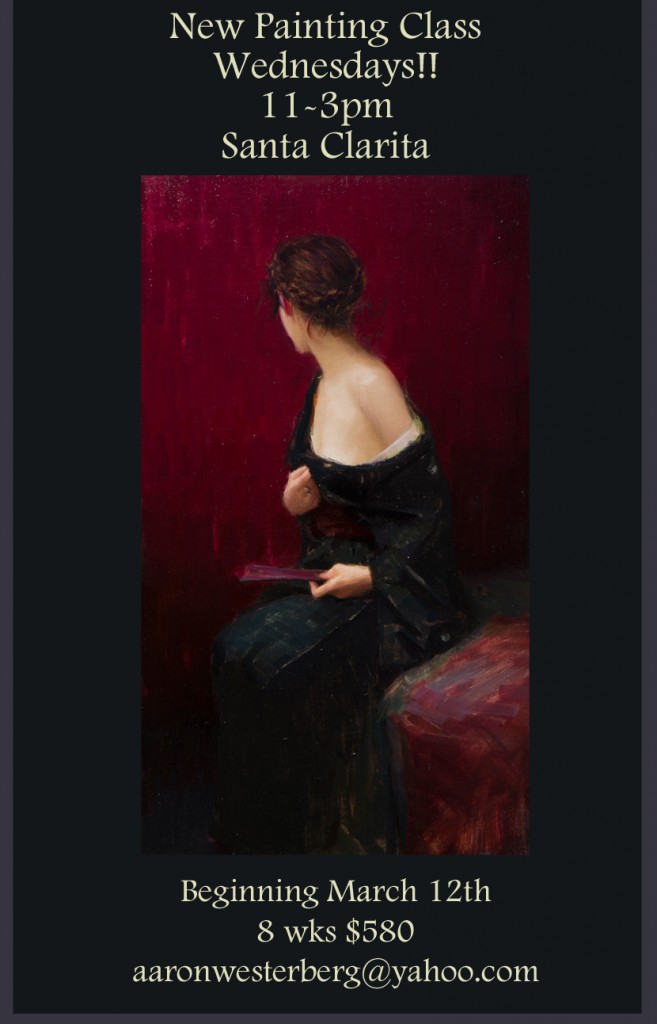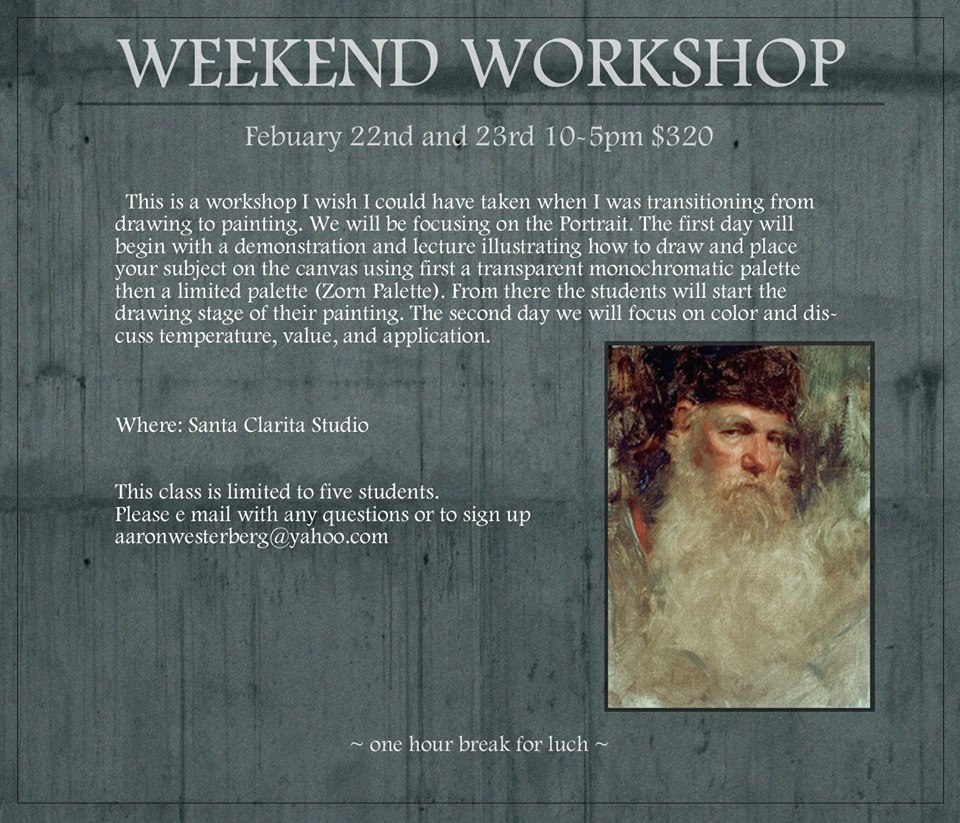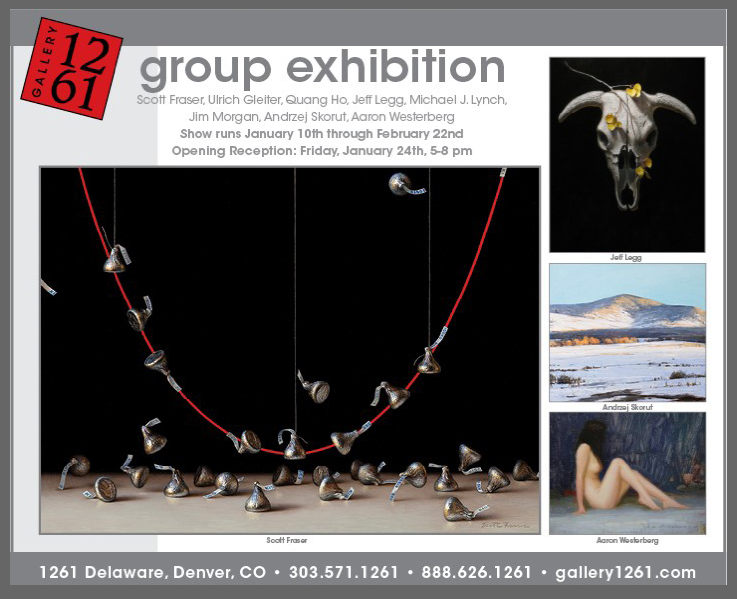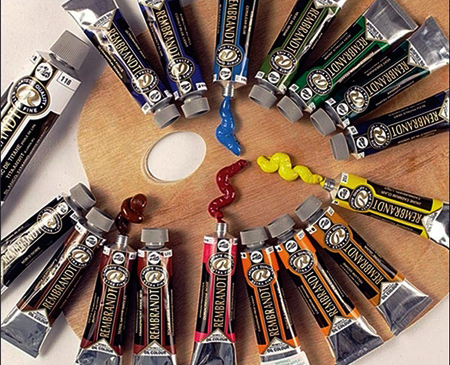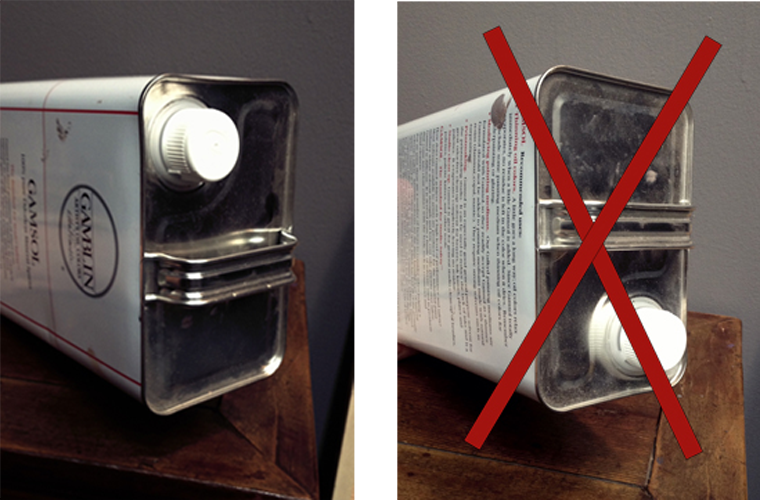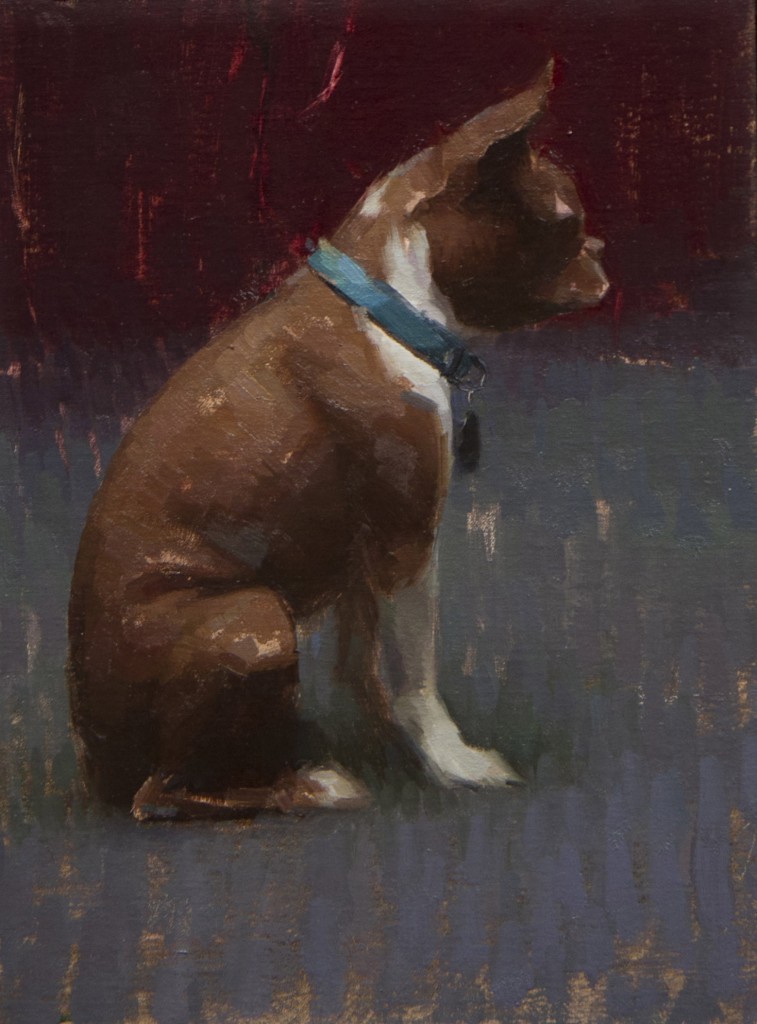Visual Recognition (vĭzh’ū-əl, rĕk’əg-nĭsh’ən)
This is an article I wrote for Artists on Art Magazine. It deals with the understanding that we visually interpret our surroundings in a fraction of a second, we don’t need to too much detail to make an informed decision and how this plays into painting. danger, safety, friends, ect.
Visual Recognition (vĭzh’ū-əl, rĕk’əg-nĭsh’ən): is how our brain interprets and ascribes meaning to the shapes and colors that we see.
As painters we rely on Visual Recognition to tell our story. It is how we communicate. It is the basis of is our language. The broader our visual vocabulary the better we will be at communicating in our own unique voice. I believe most only use a fraction of this tool when painting, thereby limiting our ability for self-expression.
Naturally almost unconsciously we recognize and interpret shapes, colors, and proportions. From just a silhouette, we are able to recognize a tree or a spoon. The specific details aren’t always necessary to understand what we are seeing. In staying true to the basic shapes of your subject, you are able impart your own interpretation or impression onto what you paint. The viewer is going to recognize the shape of a spoon in almost any way you paint it. Bright color, dull color, happy strokes, labored strokes etc… You don’t have to copy everything exactly as it stands before you for the viewer to understand and recognize what it is you are painting.
It’s amazing how much we use Visual Recognition in our everyday lives. At a distance we are able to recognize our friends and family at just a moment’s glance. In the same way we are easily able recognize everyone in our high school yearbook even though the pictures of our classmates are only the size of a postage stamp. Most artists understand this, but don’t fully exploit the potential for emotional content or storytelling in their work.
Look at this painting I did of one of my students. Immediately you can identify it as a painting of a young woman based solely on the placement of the shapes. I only used only one color and I hardly used more than two values. Yet you can recognize it as a painting of a young woman. Its not the details that make someone look like they do, it is the proportion of their face, the distance between their eyes, the shape of their nose. It is all about the spatial relationships between the big shapes.
Relying purely on accurate shape placement gave me the latitude to change a few things and to add my impression of the subject. What did I change? There was only one color used, I kept the value range high, my darkest dark is only about a 5 value, her hair really has no detail and is barely more than a silhouette.
The shapes alone are powerful enough to tell the viewer what I want them to know. You don’t have to be a slave to your reference; a few details are generally all that is needed to make your point. The viewer’s brain automatically fills in the detail, oftentimes better then we could have painted it. We want the viewer to participate in the painting.
Most of us know just from just the shapes that I painted two Boston Terriers, Stella and Lucy. Their ears give them away every time! Can you see how I added a different “emotional content” to each painting? They are similar in both subject and pose, but a much different mood and story.
Just like anything, learning and consciously using visual recognition takes practice. The more complex the object the more difficult it’s going to be to simplify so I suggest starting with simple shapes such as a piece of silverware or fruit. Then paint the object you have chosen in 4 different ways. Paint one in a high-key, paint one in a low-key, paint one in a hurried rushed manner and paint one in a calm relaxed manner try to maximize their differences while at the same time being mindful to retain their intrinsic shape.
All this leads us to the underlying question: Why is being able to impart your emotions into a painting important? It will make your work more personal and unique, your painting will be something no one else can do. You are communicating with the viewer about how you feel about your subject in a very clear and deliberate manner. You are free to paint whatever moves you; the emotion you are trying to convey will be actualized in how you paint, not only in what you paint. You are not just painting to accurately portray your subject you are painting to portray that subject and how you are feeling at that moment in time.
Here is a great example of Visual Recognition
~
Gallery 1261 Group Exhibition Opening reception Friday Jan 24th
Featuring: Scott Fraser, Quang Ho, Jeff Legg, Michael J Lynch, Jim Morgan, Andrzel Skorut and Aaron Westerberg
~
Florida Workshop
THE PAINTED FIGURE: MASTER OIL PAINTING WORKSHOP Instructor: Aaron Westerberg 3 Days, Fri-Sun 10AM-4PM AW39 Mar 7-9 (2014) Price: $500 Member/$600 Non-Member (12 student minimum) This three-day workshop will focus on the fundamentals of picture making and direct painting from a live model. We will discuss various starting techniques as well as color studies, value schemes, and the preliminary work involved in starting a painting. The first part of the workshop will focus on the portrait the second we will focus on the figure and setting up a scene. There will be daily instructor demonstrations and critiques. This workshop is designed for artists of all levels –
~
Art Ambassador
I am super excited and honored to announce that I have been chosen to be an Art Ambassador for Rembrandt, Canson and Arches Art Materials! Some of the Best Companies out there today. I will be testing and writing up reviews for their products and posting them here. Thank You Kyle !
~
Sunny Apinchapong’s New Book “Intuitive Painting: a retrospective”
Sunny Apinchapong has started a Kickstarter for his new book, Intuitive Painting: a retrospective get a chance to own one of his paintings and his new book !

Here are some images from the book
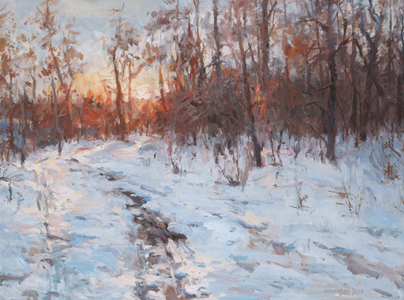


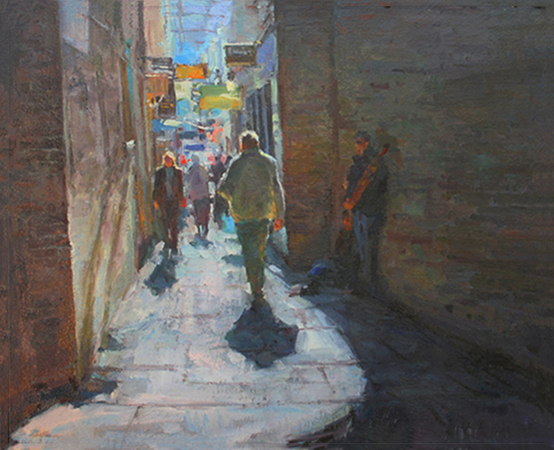
 Sunny began his study at Art Center College of Design and Cal State University, Los Angeles, earning both B.A and M.A. degrees in fine art.In 1977 was when Sunny began four years as a scholarship student studying painting at the Sergei Bongart School of Art in Los Angeles and later worked as Mr. Bongart’s assistant in teaching at the L.A. school as well as at his Summer Workshops in Idaho. During the time that Sunny was with Sergei, he also studied with other great teachers such as Vernon Wilson, Sam McKim, Dan McCaw and Delbert Gish. From 1987-1990, Sunny worked for an animation studio in Dublin, Ireland, where painted the local scenery and participated in local exhibitions including a one-man exhibition at the Polo-One Gallery. In 2005, fifteen years after moving back to the United States, Sunny was invited back to have another one-man exhibition, this time at the Oriel Gallery in Dublin, where he is still represented. Sunny continued to paint and work for many major studios such as Walt Disney Studios, Dreamworks and Sony Animation. He has had several one-man exhibitions with the Frye Art Museum in Seattle, Wa., and represented by Morseburg Gallery, Gallery Gabrie , has won numerous awards for his paintings in regional competitions and held private workshops around the country. Sunny is a Signature Member of California Art Club and also the member of Oil Painters of America.
Sunny began his study at Art Center College of Design and Cal State University, Los Angeles, earning both B.A and M.A. degrees in fine art.In 1977 was when Sunny began four years as a scholarship student studying painting at the Sergei Bongart School of Art in Los Angeles and later worked as Mr. Bongart’s assistant in teaching at the L.A. school as well as at his Summer Workshops in Idaho. During the time that Sunny was with Sergei, he also studied with other great teachers such as Vernon Wilson, Sam McKim, Dan McCaw and Delbert Gish. From 1987-1990, Sunny worked for an animation studio in Dublin, Ireland, where painted the local scenery and participated in local exhibitions including a one-man exhibition at the Polo-One Gallery. In 2005, fifteen years after moving back to the United States, Sunny was invited back to have another one-man exhibition, this time at the Oriel Gallery in Dublin, where he is still represented. Sunny continued to paint and work for many major studios such as Walt Disney Studios, Dreamworks and Sony Animation. He has had several one-man exhibitions with the Frye Art Museum in Seattle, Wa., and represented by Morseburg Gallery, Gallery Gabrie , has won numerous awards for his paintings in regional competitions and held private workshops around the country. Sunny is a Signature Member of California Art Club and also the member of Oil Painters of America.~
Atlanta, Ga Workshop October 14-18th
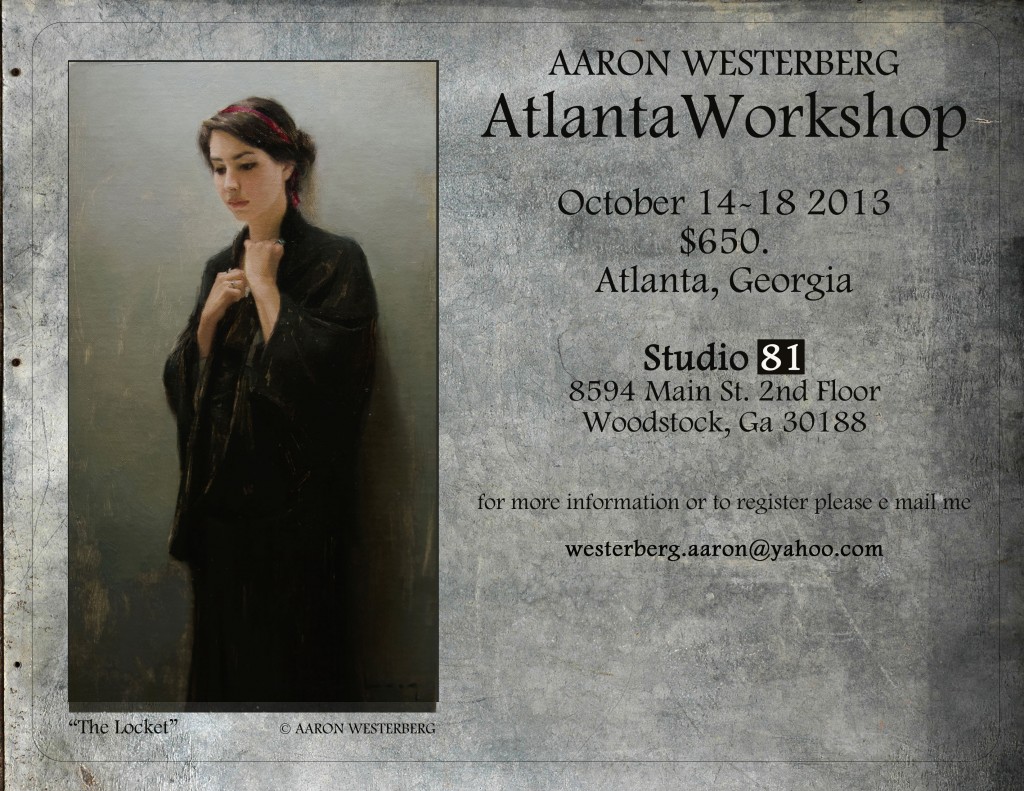 Limited space you can pay with paypal or send me a check to reserve your spot or for more information please e mail me westerberg.aaron@yahoo.com Thank You !
Limited space you can pay with paypal or send me a check to reserve your spot or for more information please e mail me westerberg.aaron@yahoo.com Thank You !
![]()
~
How to “Successfully” pour Mineral Spirits from a Gamsol container
Most oil painters I know use Gamsol, Gamblin’s odorless Mineral Spirits, to clean and thin their oil paints, it is the most refined and best Mineral Spirit I have used. Gamsol comes in a rectangular metal container whatever size you purchase. (for the below demonstration I am using the gallon container)
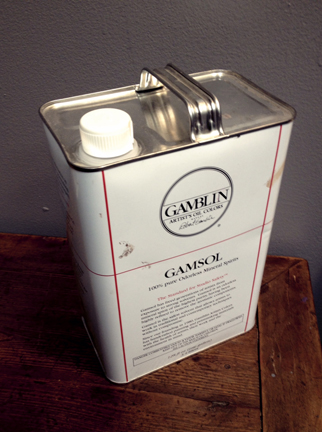
You may say “this is an easy task” but many of the people who use Gamsol ,including me until a few years ago, do not know how to pour it without getting it all over their hands or without making it splash upwards. I used to somehow get the Gamsol everywhere and it chugged when I poured it. That was until my Dad, Dads know all about this kind of stuff, saw me pouring it and told me the secret
Here is the secret: “Pour it from the highest point”
Here is a video !
*
~
California Art Club 102nd Annual Gold Medal Exhibition
My Painting of “Stella” 12x 9 will be on display at the California Art Club’s 102nd Gold Medal Juried Exhibition opening this weekend @ USC Fisher Museum of Art There are a lot of great paintings in the show I cant wait to see them all!
